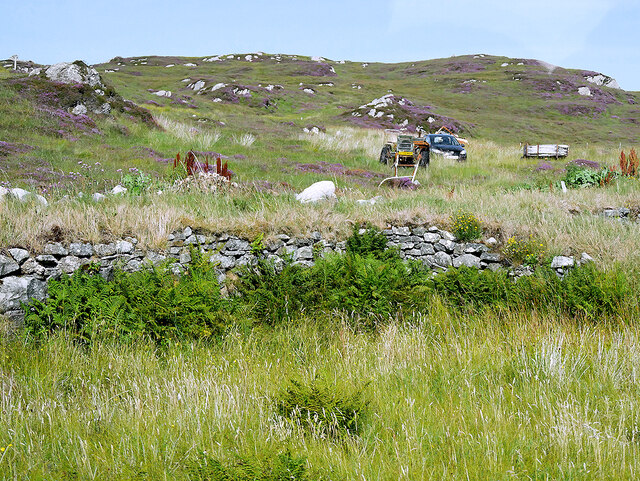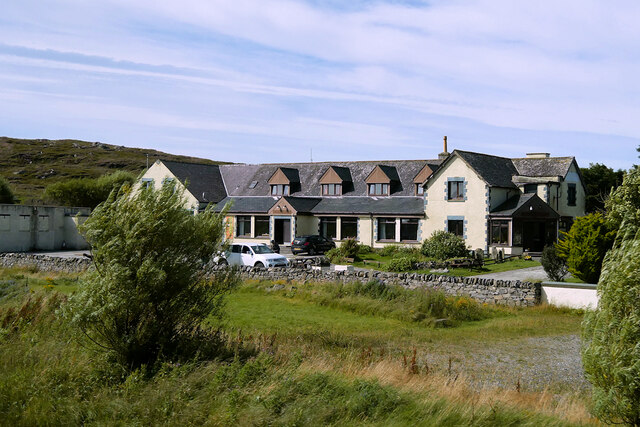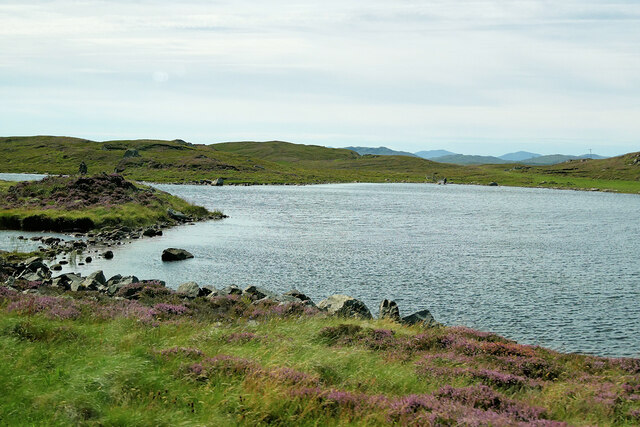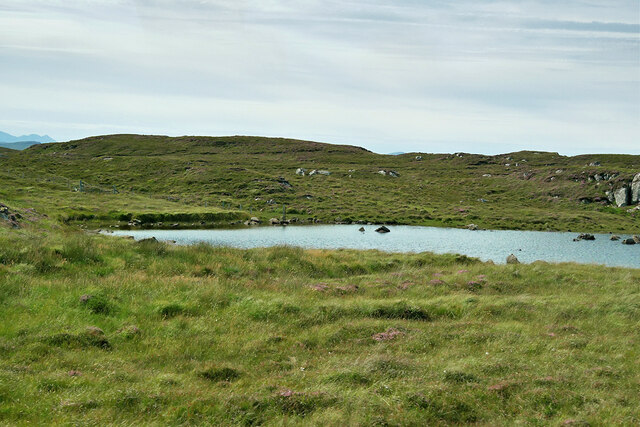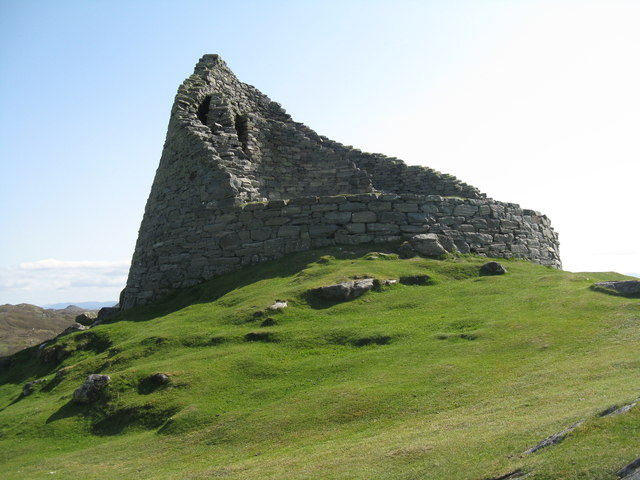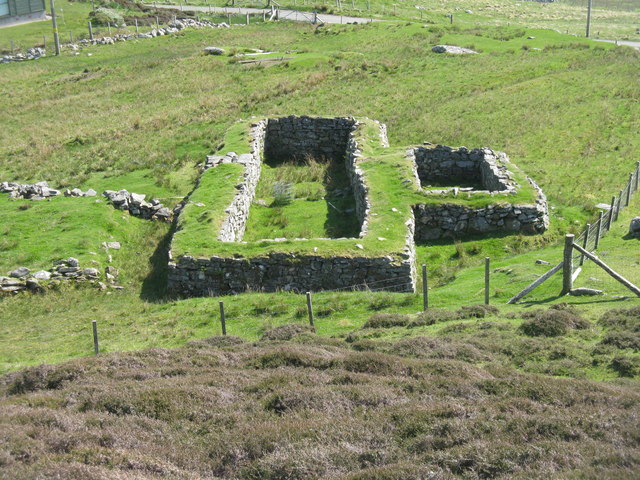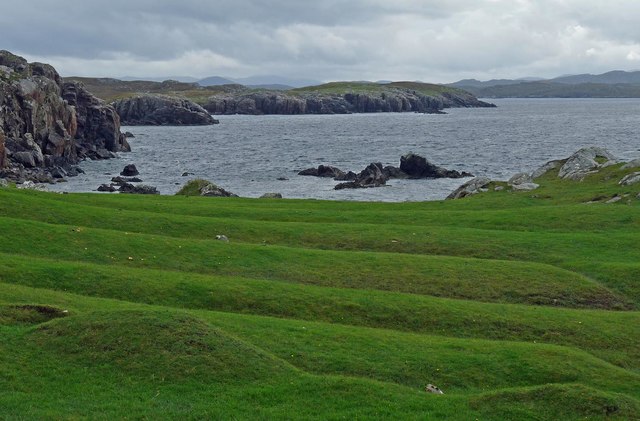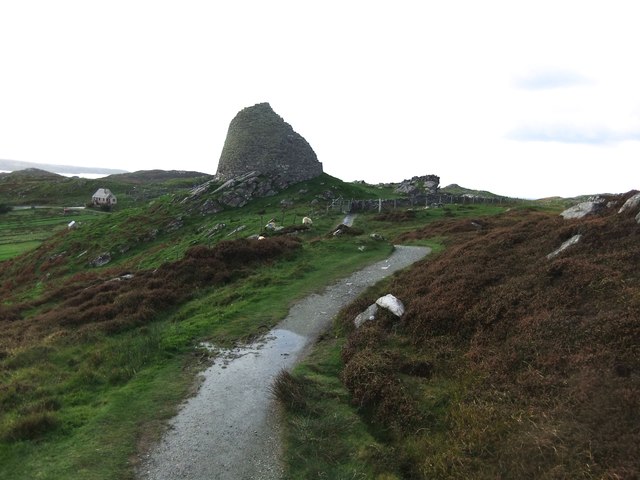Loch an Linnge
Lake, Pool, Pond, Freshwater Marsh in Ross-shire
Scotland
Loch an Linnge
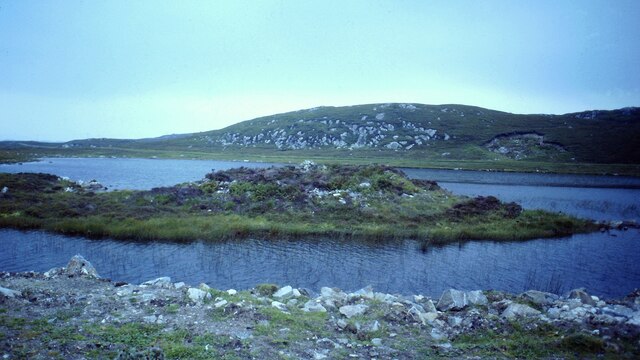
Loch an Linnge is a picturesque freshwater loch located in Ross-shire, Scotland. Nestled amidst the rugged and scenic landscape, the loch offers a tranquil and enchanting setting for nature enthusiasts and visitors seeking solitude.
Spanning approximately 200 acres, Loch an Linnge is known for its clear, pristine waters that reflect the surrounding mountains and lush greenery. The loch is fed by several small streams and springs, ensuring a constant flow of freshwater. Its depth varies, with the deepest point reaching around 30 meters.
The shores of Loch an Linnge are adorned with a diverse array of vegetation, including reeds, rushes, and water lilies. These provide a habitat for numerous species of birds, insects, and small mammals. The loch is particularly renowned for its birdlife, attracting birdwatchers from far and wide. Common sightings include ducks, swans, herons, and various species of songbirds.
The surrounding area of Loch an Linnge is primarily composed of heather-covered hills and moorlands, creating a picturesque backdrop. It offers ample opportunities for hiking and exploring the natural beauty of the Scottish Highlands. A network of walking trails allows visitors to fully immerse themselves in the stunning scenery and observe the diverse wildlife that calls Loch an Linnge home.
Overall, Loch an Linnge is a haven of tranquility, offering a serene and unspoiled environment for those seeking a peaceful retreat amidst the breathtaking Scottish countryside. Whether it be birdwatching, hiking, or simply enjoying the serenity of its waters, Loch an Linnge offers an unforgettable experience for nature lovers.
If you have any feedback on the listing, please let us know in the comments section below.
Loch an Linnge Images
Images are sourced within 2km of 58.254738/-6.8068239 or Grid Reference NB1839. Thanks to Geograph Open Source API. All images are credited.
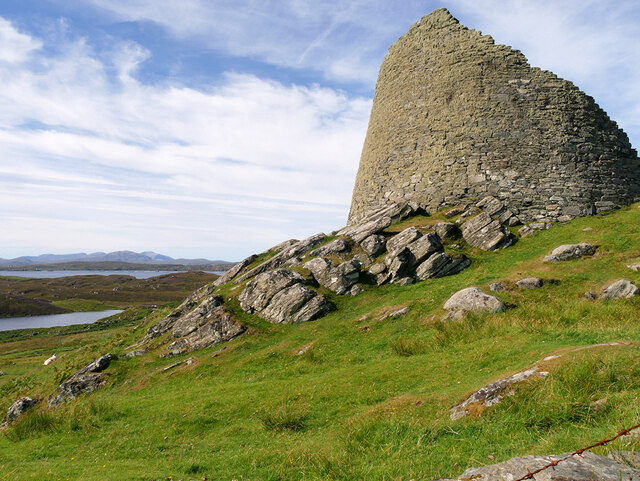
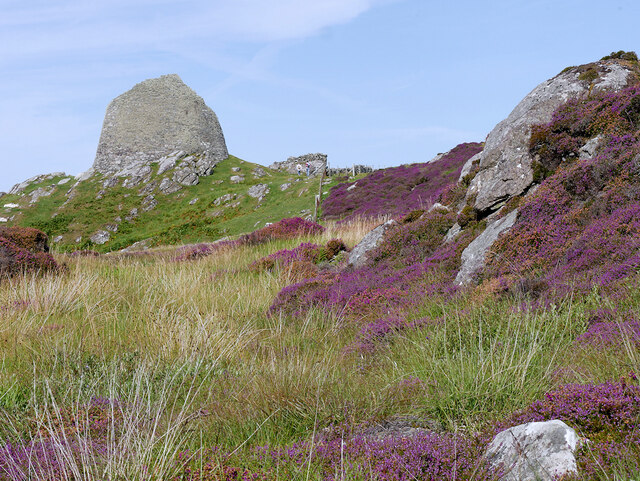
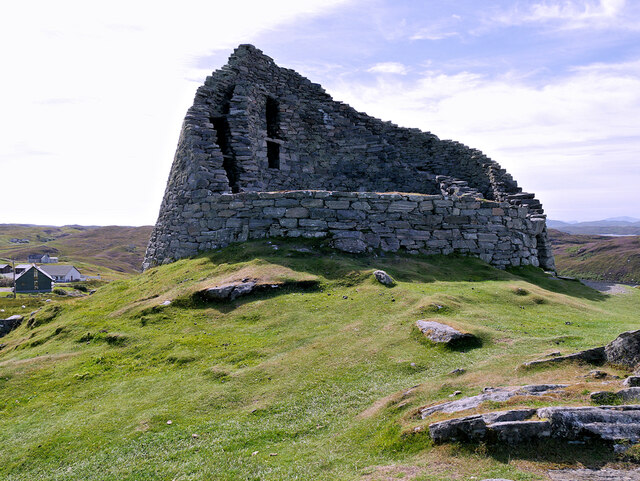
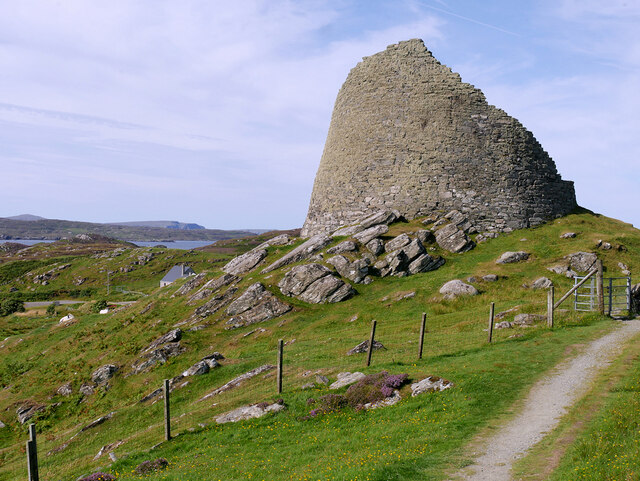
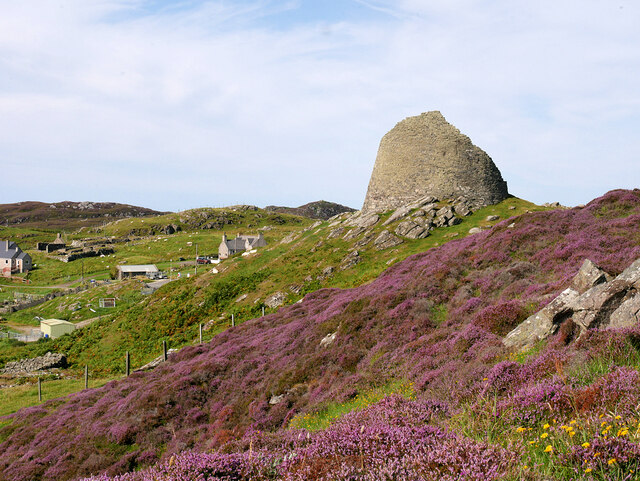
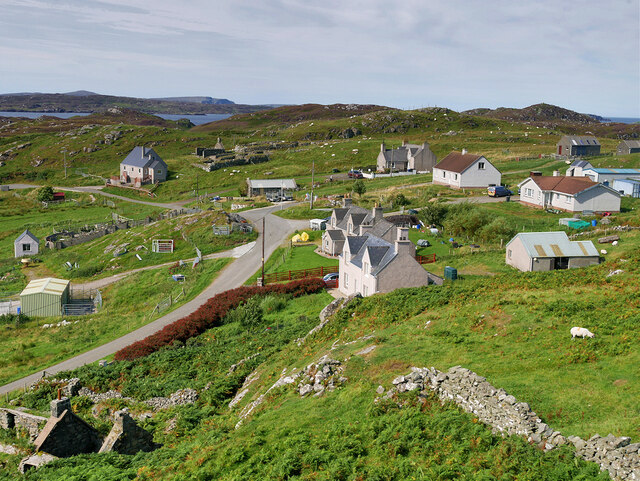
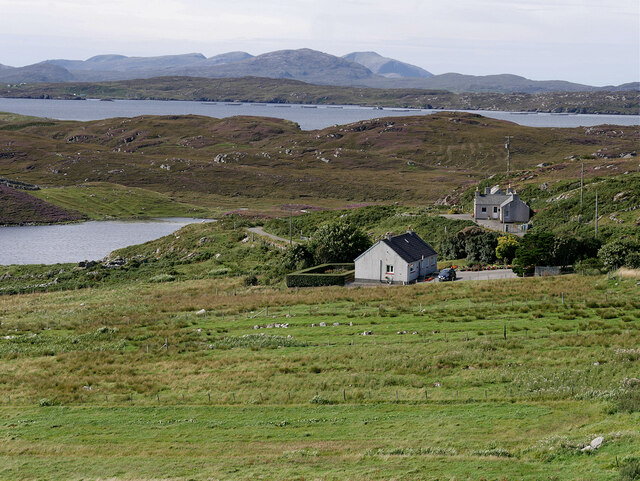
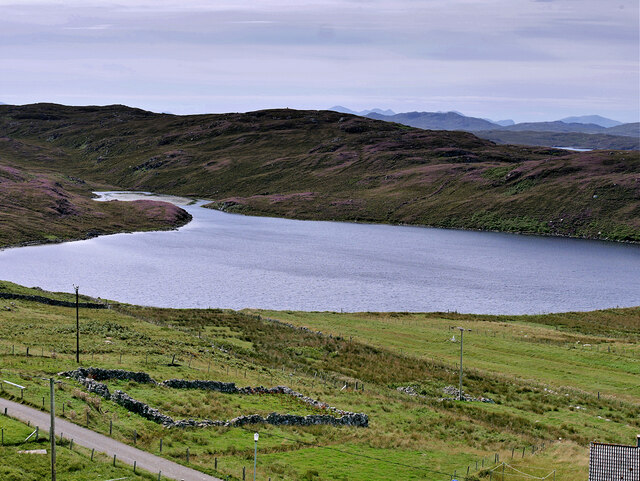
Loch an Linnge is located at Grid Ref: NB1839 (Lat: 58.254738, Lng: -6.8068239)
Unitary Authority: Na h-Eileanan an Iar
Police Authority: Highlands and Islands
What 3 Words
///bother.disposal.roosters. Near Carloway, Na h-Eileanan Siar
Nearby Locations
Related Wikis
Dun Carloway
Dun Carloway (Scottish Gaelic: Dùn Chàrlabhaigh) is a broch situated in the district of Carloway, on the west coast of the Isle of Lewis, Scotland (grid...
Tolsta Chaolais
Tolsta Chaolais (also Tolastadh Chaolais, Tolstadh a' Chaolais) is a village on the Isle of Lewis, Scotland. It consists of about forty houses, clustered...
Borrowston, Lewis
Borrowston (Scottish Gaelic: Borghastan), with a population of about 50, is a crofting township situated on the Isle of Lewis, on the Outer Hebrides of...
Breaclete
Breacleit (or Roulanish; Scottish Gaelic: Breacleit; Old Norse: Breiðiklettr) is the central village on Great Bernera in the Outer Hebrides, Scotland....
Nearby Amenities
Located within 500m of 58.254738,-6.8068239Have you been to Loch an Linnge?
Leave your review of Loch an Linnge below (or comments, questions and feedback).
